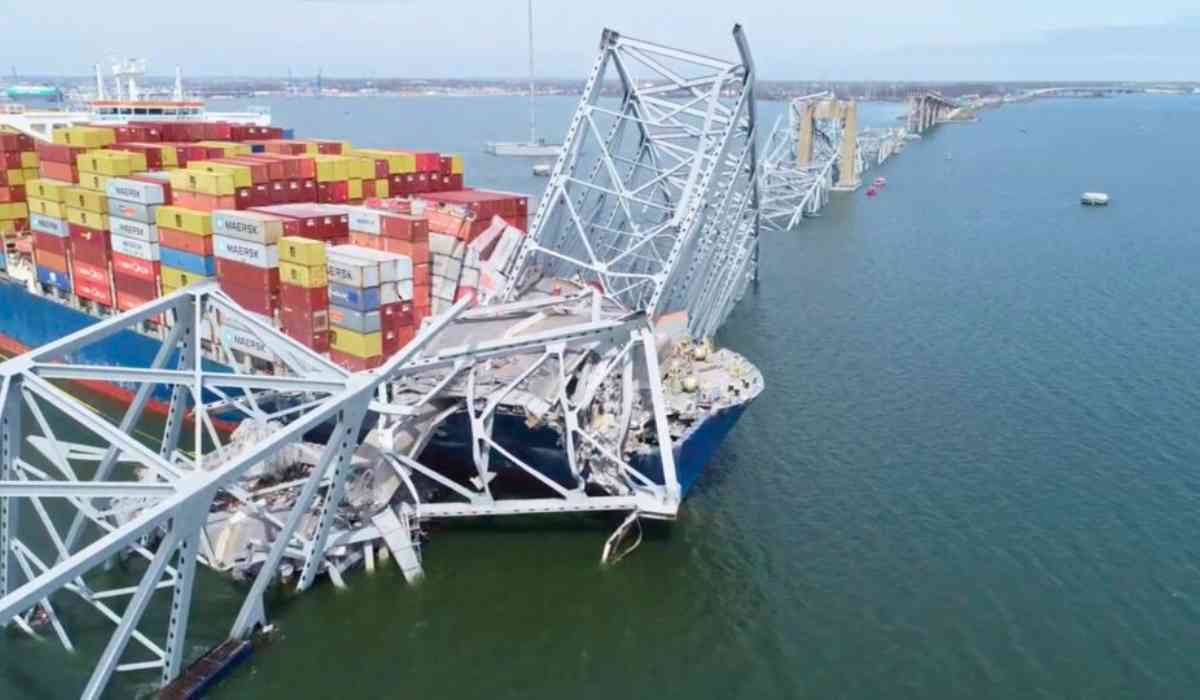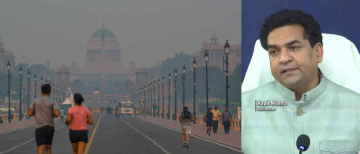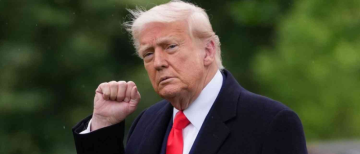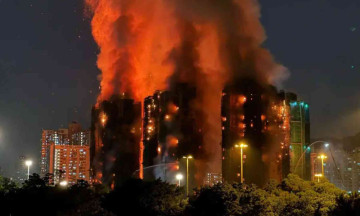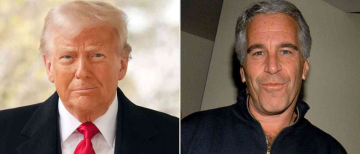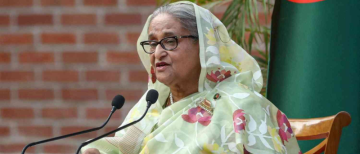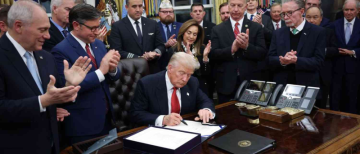The 948-foot container ship Dali struck the Francis Scott Key Bridge on March 27, 2024, causing a partial collapse. Presumably, fatalities resulted from the collapse of the bridge, which sent cars and a construction crew into the Patapsco River. Notably, by making a prompt Mayday call, the ship's Indian crew significantly contributed to preventing a more serious catastrophe.
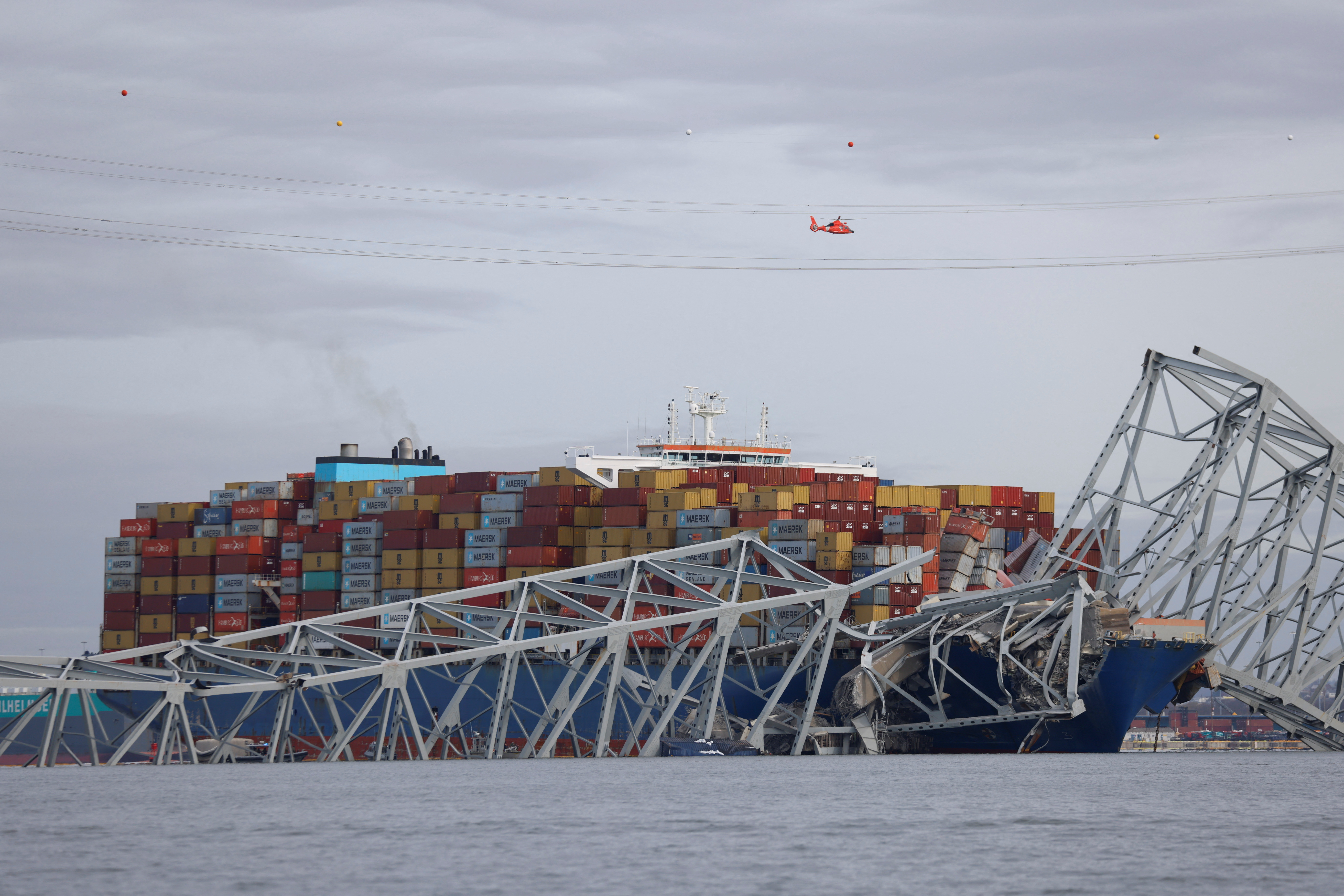
Decoding Ship-Bridge Collisions
Such collisions are rare but can stem from various factors:
- Navigational errors: When navigational data is interpreted incorrectly, it can have catastrophic results.
- Mechanical failures: A ship may not be able to veer off a collision course due to malfunctioning equipment.
- Poor visibility: Unfavourable weather can drastically reduce visibility, which increases the chance of collisions.
- Untrained crew members may not be able to navigate safely due to their inexperience.
- Miscommunication: Poor communication can lead to the wrong course of action when navigating.
- High traffic density: The risk of accidents rises with increased maritime traffic.
- Human error: Serious accidents can result from tiredness or poor decision-making.
Historical Context of Ship-Bridge Collisions
Over the years, several notable incidents have occurred:
- Sunshine Skyway Bridge: A freighter collision in Florida in 1980 during a storm resulted in 35 deaths.
_1711688716.png)
- Popp’s Ferry Bridge: A vessel collision in Mississippi in 2009 led to the collapse of a bridge section.
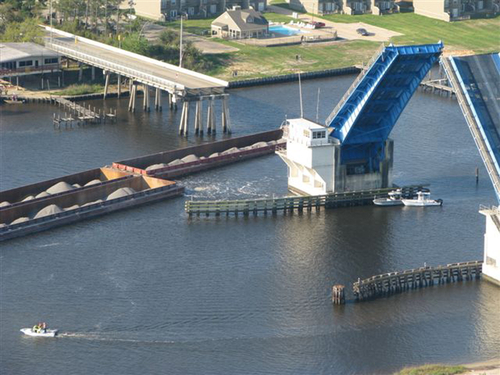
- Queen Isabella Causeway: A barge collision in Texas in 2001 caused 8 fatalities.
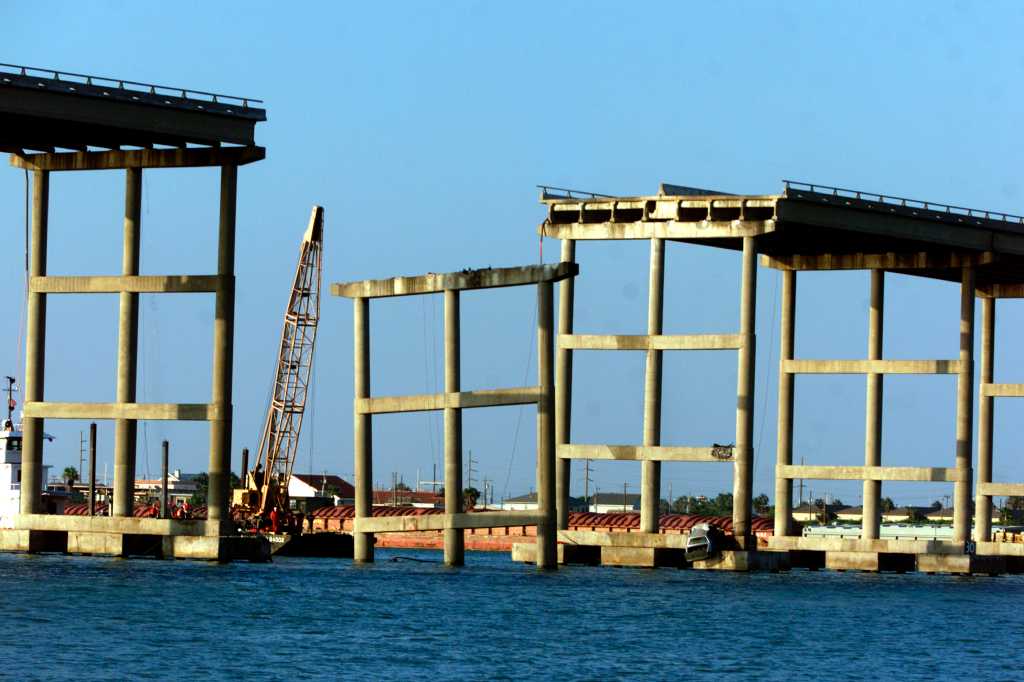
- Majerhat Bridge collapse, India, 2016:collapsed due to a collision with a goods vehicle. This tragic event resulted in multiple fatalities.
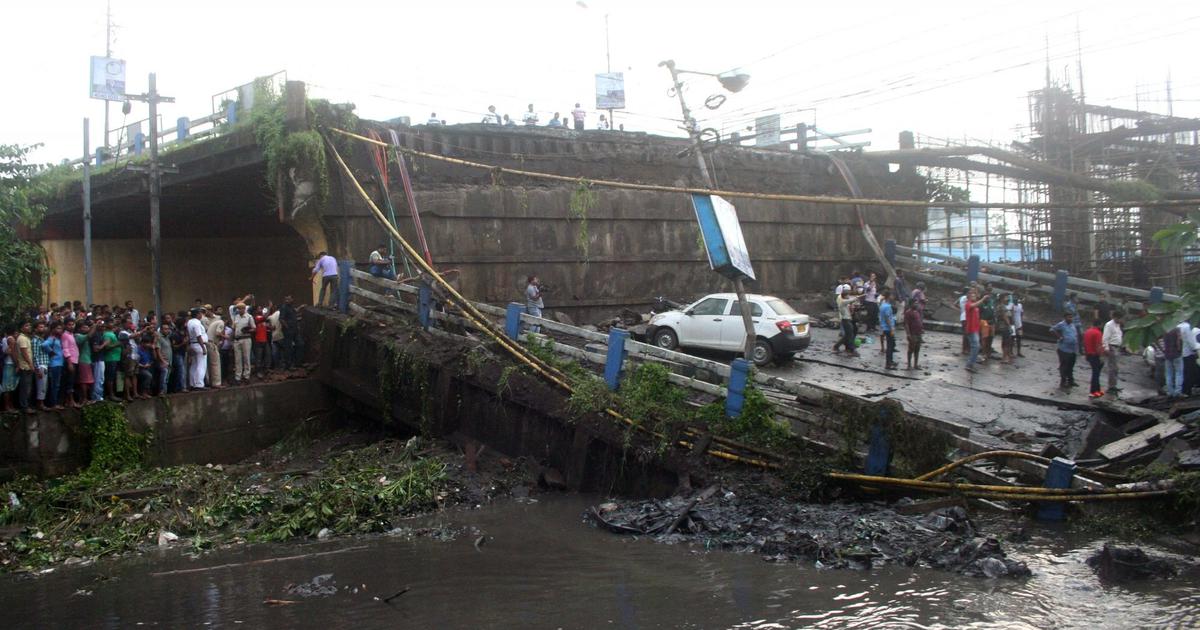
- Vivekananda Setu Bridge in West Bengal in 2020:a collision caused a bridge to collapse.
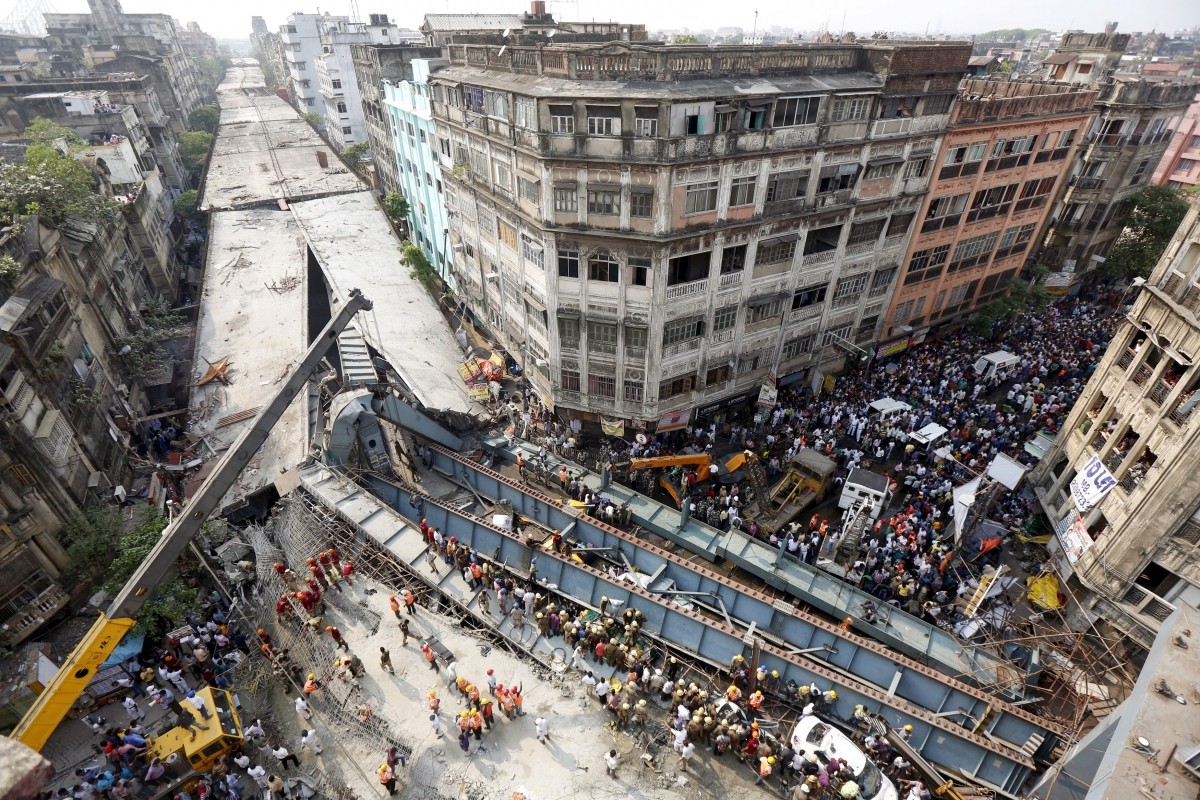
International Safety Guidelines for Bridges
The International Maritime Organization (IMO) governs maritime safety, including bridge safety near ports and waterways. Essential conventions include:
- SOLAS (Safety of Life at Sea): addresses navigation safety and mandates vessel safety measures.
- COLREG (International Regulations for Preventing Collisions at Sea): Establishes rules to prevent collisions at sea.
- STCW (Standards of Training, Certification, and Watchkeeping for Seafarers): Ensures seafarers receive proper training and certification.
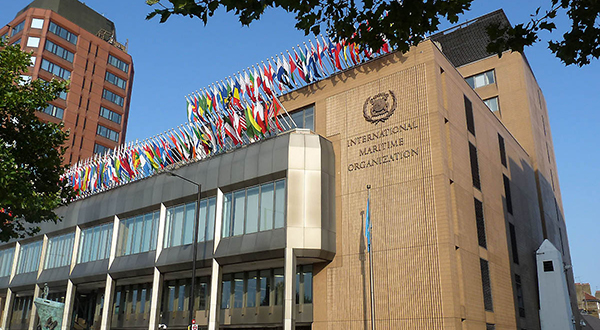
These guidelines are supported by the IMO's committees, which handle technical matters related to navigation safety.
India's Vigilant Response to Maritime Safety
India has a robust framework for responding to maritime accidents. The Indian Navy and Coast Guard have intensified maritime security operations, focusing on surveillance and patrol of the nation's maritime zones. India's strategic location and extensive coastline necessitate a strong emphasis on maritime safety and security.
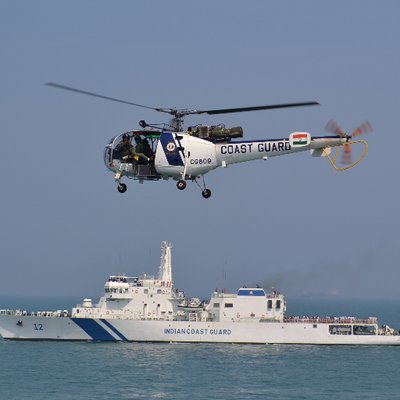
India's Comprehensive Maritime Safety Measures
India has implemented comprehensive measures to enhance maritime security, including capacity augmentation of maritime security agencies, enhanced technical surveillance, and the establishment of mechanisms for inter-agency coordination. The integration of the fishing and coastal communities into these safety measures is also a key aspect of India's approach.
Law Enforcement Agencies include:
-
Indian Navy
-
Indian Coast Guard (ICG)
- State Marine Police/Coastal Police
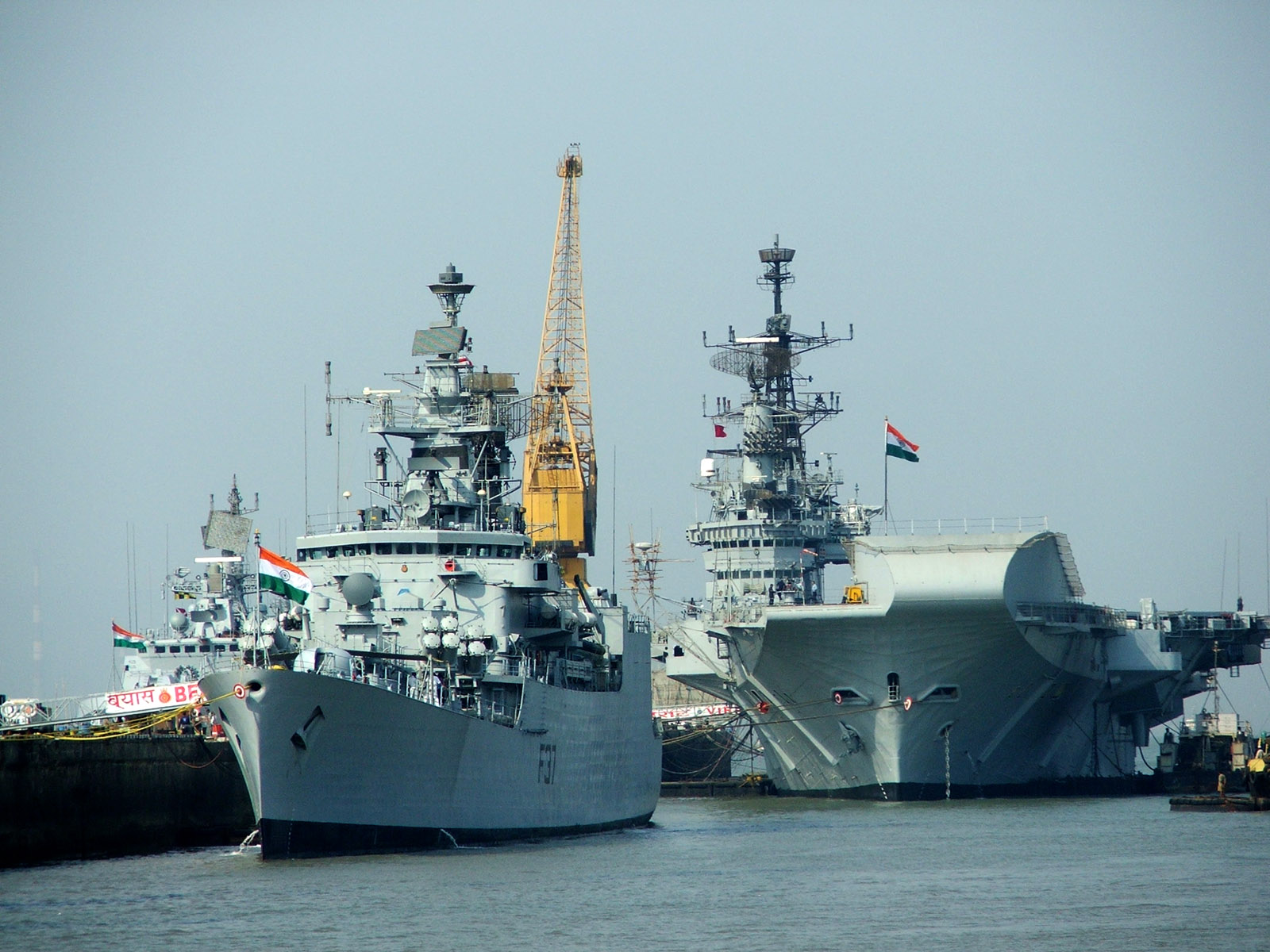
Technical Measures:
- Coastal Surveillance Network
- National Command, Control, Communication and Computer Network (NC3I)
- National Automatic Identification System (NAIS)
Conclusion
The Francis Scott Key Bridge collapse is a stark reminder of the risks associated with maritime traffic. India's proactive measures and commitment to maritime safety ensure vigilance against such disasters. As the world grapples with the challenges of ensuring safe maritime passages, India's efforts stand as a testament to its dedication to protecting lives and infrastructure.
PC: Multiple agencies
ⒸCopyright 2024. All Rights Reserved Powered by Vygr Media.

